A Conversation with Janet Fitch
By Barbara DeMarco-Barrett
Janet Fitch is the author of White Oleander, Paint It Black, The Revolution of Marina M., and Chimes of a Lost Cathedral. Photo: Cat Gwynn
I first became aware of novelist Janet Fitch when White Oleander, an Oprah Book Club selection made into a feature film, was first published. I loved the novel and had her on my radio show. I remember being entranced with her alacrity with metaphor and simile and asked her, as we sat in my car in a Starbucks parking lot near the University of California, Irvine Campus where my show broadcasts, how she came up with such original similes and metaphors.
“Will you stare at a dripping faucet for hours until it becomes something else?” I asked her and she said, “Yes, yes I will.”
Next came Paint It Black, also made into a movie, and more recently The Revolution of Marina M. Her latest novel, Chimes of a Lost Cathedral, pubs on July 2, 2019 and completes the story of the poet Marina Makarova and her journey through the Russian Revolution.
Fitch’s short stories have appeared in anthologies and journals such as Los Angeles Noir, Black Clock, Room of One's Own, and Black Warrior Review. She teaches creative writing at the Squaw Valley Community of Writers.
Barbara DeMarco-Barrett: When you started out—well, let’s say when you published White Oleander and then Paint It Black, did you ever think there was a historical novel in your future?
Janet Fitch: No, but I do love history. I majored in history. It shouldn’t have surprised me that I would end up writing something historical. The Library of Congress even called Paint It Black—set in 1980 punk rock L.A.—an historical novel.
BDB: What is different about writing these last two novels set in Russia from the first two novels set in Los Angeles?
JF: I always considered myself an L.A. writer. My first novels were set here, all my short stories, and The Revolution of Marina M. began as a Los Angeles novel. My character Marina Makarova, an exile following the Russian Revolution, was a hotel maid in a short story called “Room 721,” published in Black Clock. But when I tried expanding that story, her backstory in Russia proved more compelling that her present story in the twenties. And though I considered myself an L.A. writer, I am a writer first and foremost—and I went to where the story was, which was the Russian Revolution.
The difference, of course, is the amount of research, which was deep and wide, and specifically, deciding what elements of all the historical events of the period would play a part in the book. Also, I had to learn about Marina’s world and what she thought of it. Little but important things, like how much of an adult she would have been perceived as being at age 17, what she would have read, what she would have been passionate about. I had to learn how things worked back then, from the telephones to a boat motor to a hand-knitting machine—which, like most writers, I adore, and have to be very careful not to become lost in.
I knew the worlds I was writing about in my first two novels. I knew some of the history of the Revolution, though I had to learn so much more than I knew. I had been a student in Leningrad during the Soviet era, but had to go back as my character, specifically focused on immediate pre-revolutionary Petersburg/Petrograd and the Revolutionary era, as well as do interviews with knowledgeable Petersburgers at a variety of institutions who could provide answers I could not find in any books. All this takes a tremendous amount of time. The two books, The Revolution of Marina M. and now Chimes of a Lost Cathedral, have taken twelve years—that’s quite a chunk of one’s life.
But I was passionate about doing it. I’m crazy about Russia—have been since I was a kid. I picked Petersburg because it’s not large. It was the cradle of the Revolution. I had lived there, I could learn it, its neighborhoods and their feel. I love how different it feels to most of Russia—it’s an anomaly, a sea-going Russia in a vast landlocked empire. Place, to me, is exceptionally important. I’m not going to write a book like this sitting next to my washing machine and watching a few YouTube videos. I read hundreds of books—there’s a bibliography of the best of them on my website—and had a research fellowship there, through the Likhachev Foundation. I walked its streets. I dreamed those dreams.
I love Russian poetry, and my character is a poet—and that revolutionary age, starting, say, in 1900 and ending around the end of Chimes of a Lost Cathedral, the end of the revolution in 1921, was the great Silver Age of Russian Poetry. So many of these poets appear in Chimes of a Lost Cathedral, Marina’s heroes: Akhmatova and Mayakovsky, Mandelstam and Gumilev and Blok... It was so much fun to write them as living characters, how they would interact with her and with each other.
BDB: How did you choose the POV for Chimes of a Lost Cathedral?
JF: Marina’s point of view was always there—though the voice, the who, changes and grows from The Revolution of Marina M. to Chimes of a Lost Cathedral. The first book is Marina's coming of age, it has a certain tone, a romantic idealist’s POV whose ideals have not yet been put to the test. The second book is the voice of a young woman who has learned many hard truths things about life, who has tested and been tested, and now, what she does with the knowledge. The Revolution of Marina M. begins from the point of view of Marina at 32, in California, in 1932, then shifts into the voice of the 16-year-old, the 17-year-old. Chimes of a Lost Cathedral begins with her at 19, and the edges have worn off her romanticism, her idealism has been beaten up a fair amount—it's a richer, darker voice, a dramatic soprano, say, to her former lyric soprano.
BDB: Will there be a Part 3, or do you feel Russia and Marina M. are finished (for now)?
JF: No spoilers, but Chimes of a Lost Cathedral brings the Russian years of Marina’s life to a close. I could see returning to that Twenties novel, but not yet—right now I want to write about our own times, the problems of living in this historical period.
BDB: Talk about teaching yourself to write—in part by dissecting your favorite novel(s).
JF: All writers teach themselves to write. Even if they're in an academic program, they teach themselves. I’ve taught in graduate writing programs long enough to see the ones who are going to be writers—they don’t expect to have roses shower down on them from on high, they actively grab the goods as they glint by. Most writers, like myself, don’t have the good fortune to attend an MFA program. They’re on their own, looking for treasure. That was me. But we’re not really on our own—because great writers have been there before us. Their work itself is a distillation of what they know about writing. But we have to then analyze what they’re doing, pull it it apart, to understand what they have done—because they’re not rising from their graves or visiting us from their mountain hideaways or writing studios and saying, See how I used that repetition of the image of the Ferris Wheel to imply both the circularity of the protagonist’s life and the hopelessness of his seeking for a way out? One has to become one’s own teacher.
To become a writer, or an artist of any kind, the first thing that's necessary is to increase the intensity of your study. You have to become a devotee. It’s the process of hardening the steel in an intense fire. You have to burn for it. And part of that intensity is to not just read—constantly—but to actively attack your reading, to powerfully interact with the book. That means reading it, and then going back and pulling it apart, noting how they handle flashback, how they do their dialogue scenes, how they work little images into powerful recurring motifs, where they raise curiosity by telling you a little less that you want to know. Write all over the books you engage with. Lay out their structure. Then write and see if you can emulate the things you admire.
There is this stupid freakiness about influence that some writers worry about. That is so ridiculous. “The Agony of Influence.” Just make sure you’re being influenced by the best. As you write your imitative stuff, certain aspects of that writer’s style or concerns will stick to you, and other aspects will drop away, or be combined with other influences, and what you will end up with will be a voice and a style, a unique combination of the people you admire and your own native voice. As long as you’re reaching out for the best—and how can you get this white-hot devotional intensity from mediocre work? There just isn’t that much to mine. You can use their work to sharpen your own understanding of the craft. The practice of tearing apart great works to see how they were constructed only increases your admiration for the art form, and that fire in your heart, in your soul, to learn, to try harder, to increase your ambition towards greatness, is what I hope is in the soul of every writer.
BDB: I love Writing Wednesdays, which you started more than a year ago on your author Facebook page. You’ve been pretty dedicated to it. It’s obvious what your viewers get out of it, but what do you get out of doing these videos and sharing knowledge?
JF: I love to teach and I’m not teaching anywhere at the moment. So I figured, life is short and I don’t want to die with this information. What if I get hit by a bus? Not everything has to be monetized. I enjoy doing it—it’s Facebook Live, which is just about the most informal way of making information public. I just set up the phone on my desk, pick a topic, and start talking. I like it because people can react as I’m doing it. It’s more of a conversation. I like how spontaneous it is. When I teach a course at a university, I have to be so structured. This is like a good conversation. It surprises me, as well as the listener. Things come up that wouldn’t have, if I’d planned it all out—that’s why I like the format better than a more professional video.
As far as being dedicated, that’s how I live my life. I’m hard to get started but once I get started, it’s not hard to keep it going.
I am thinking of compiling the Writing Wednesdays into a book—but how to convey the information and keep the spontaneous tone? I could organize it into a far more textbook-y style, very usable but ugh. I would like to do it in some form, for the same reason I do the videos: like many people, I was not able to attend a graduate writing program, so I want to get that information out there that would have helped me as a young writer. I guess that’s what I’m doing it for. To save that young writer some of the pointless struggle and confusion and frustration.
Janet Fitch is an American author and teacher of fiction writing. She is the author of White Oleander, Paint It Black, and The Revolution of Marina M. Additionally, she has written a young adult novel, Kicks, short stories, essays, articles, and reviews, contributed to anthologies and teaches at the Squaw Valley Community of Writers. She taught creative writing for 14 years in the USC Master of Professional Writing program, as well as VCFA’s Writing and Publishing program, A Room of Her Own (AROHO), the UCLA Writer’s Program, and Pomona College. She lectures frequently on fiction writing.
Barbara DeMarco-Barrett is a journalist, essayist, and short story writer living in Southern California. She hosts Writers on Writing, KUCI-FM, which airs live on Wednesday mornings at 9 a.m. PT and podcasts on iTunes. More at www.penonfire.com

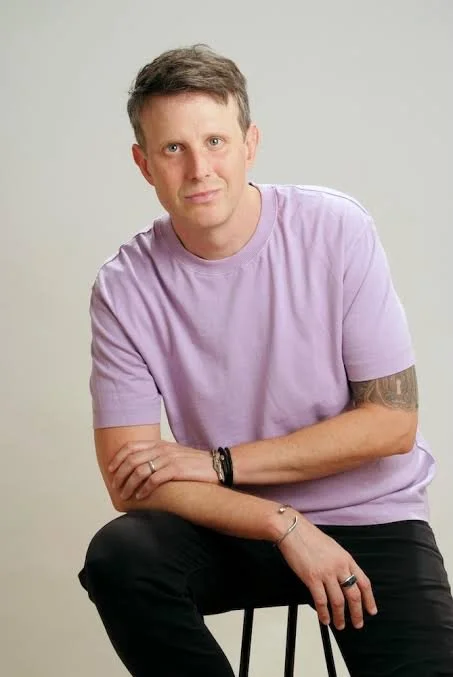











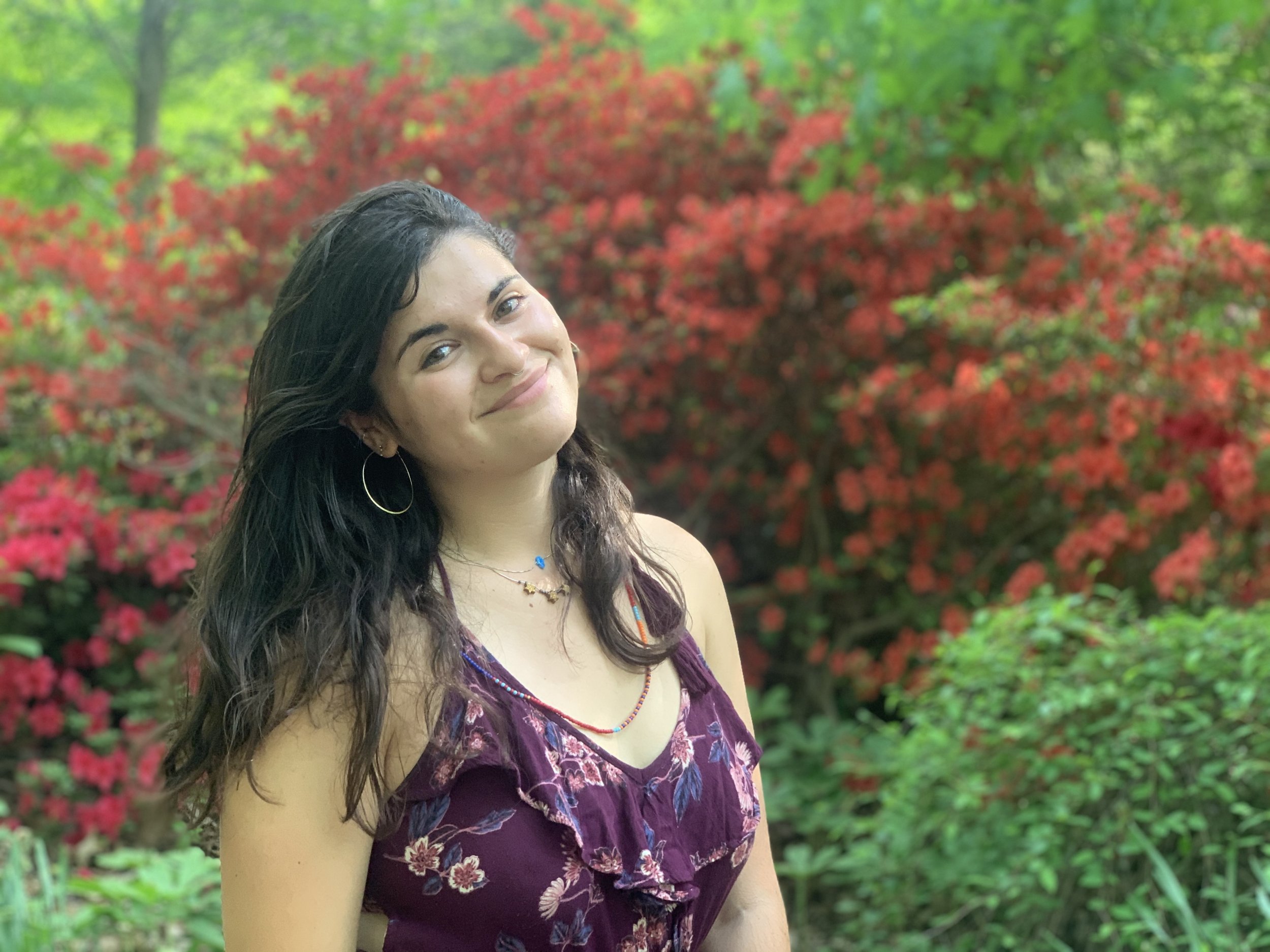
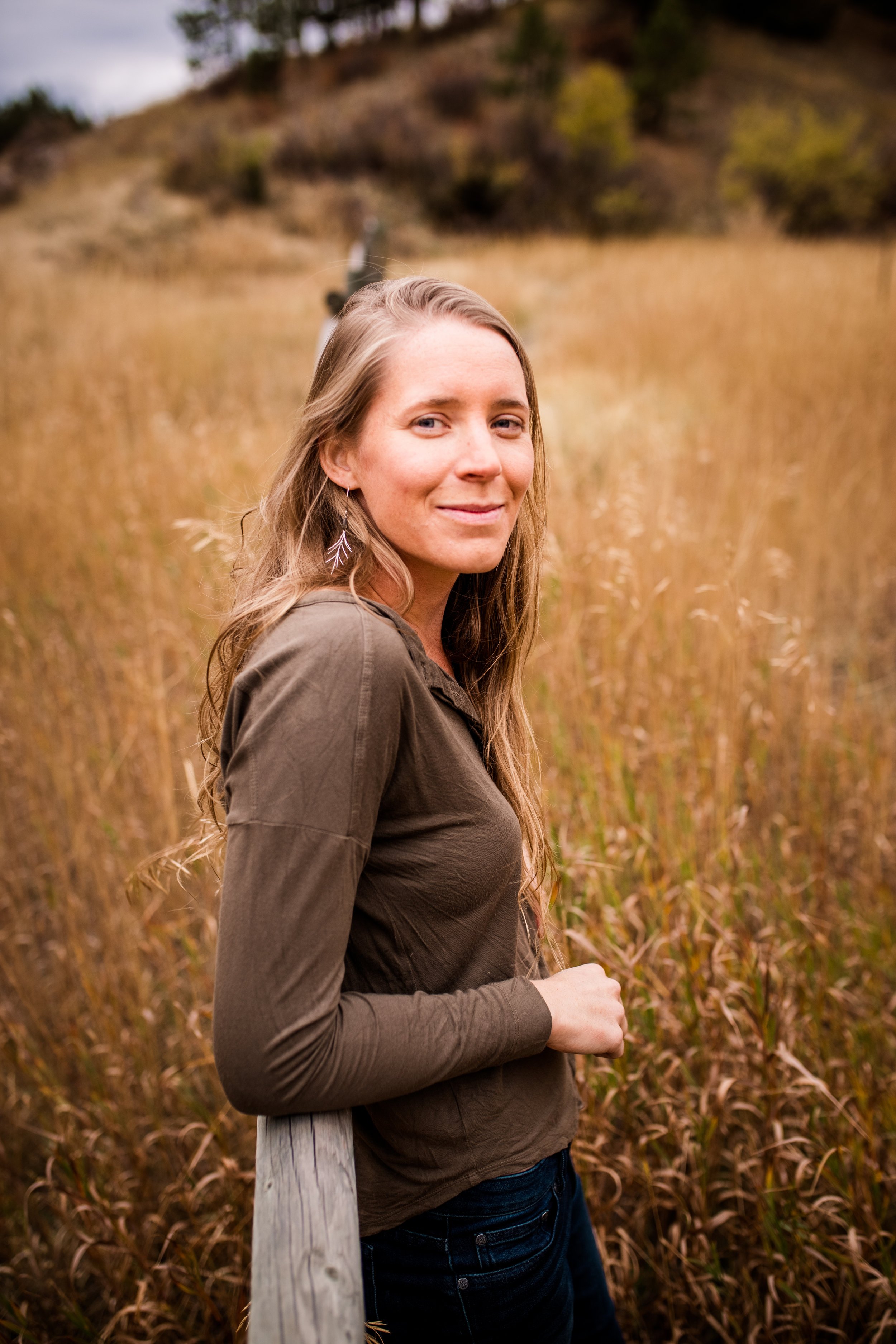



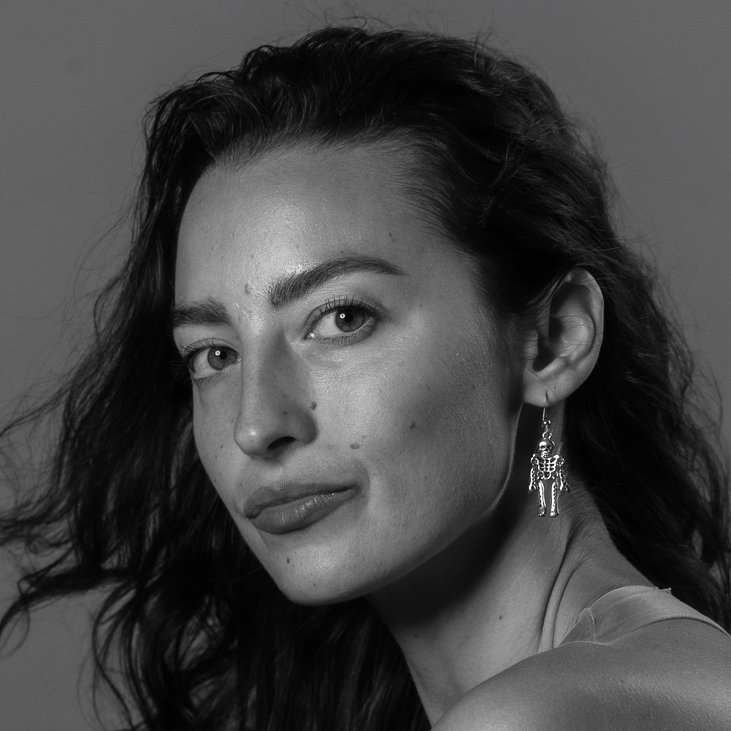
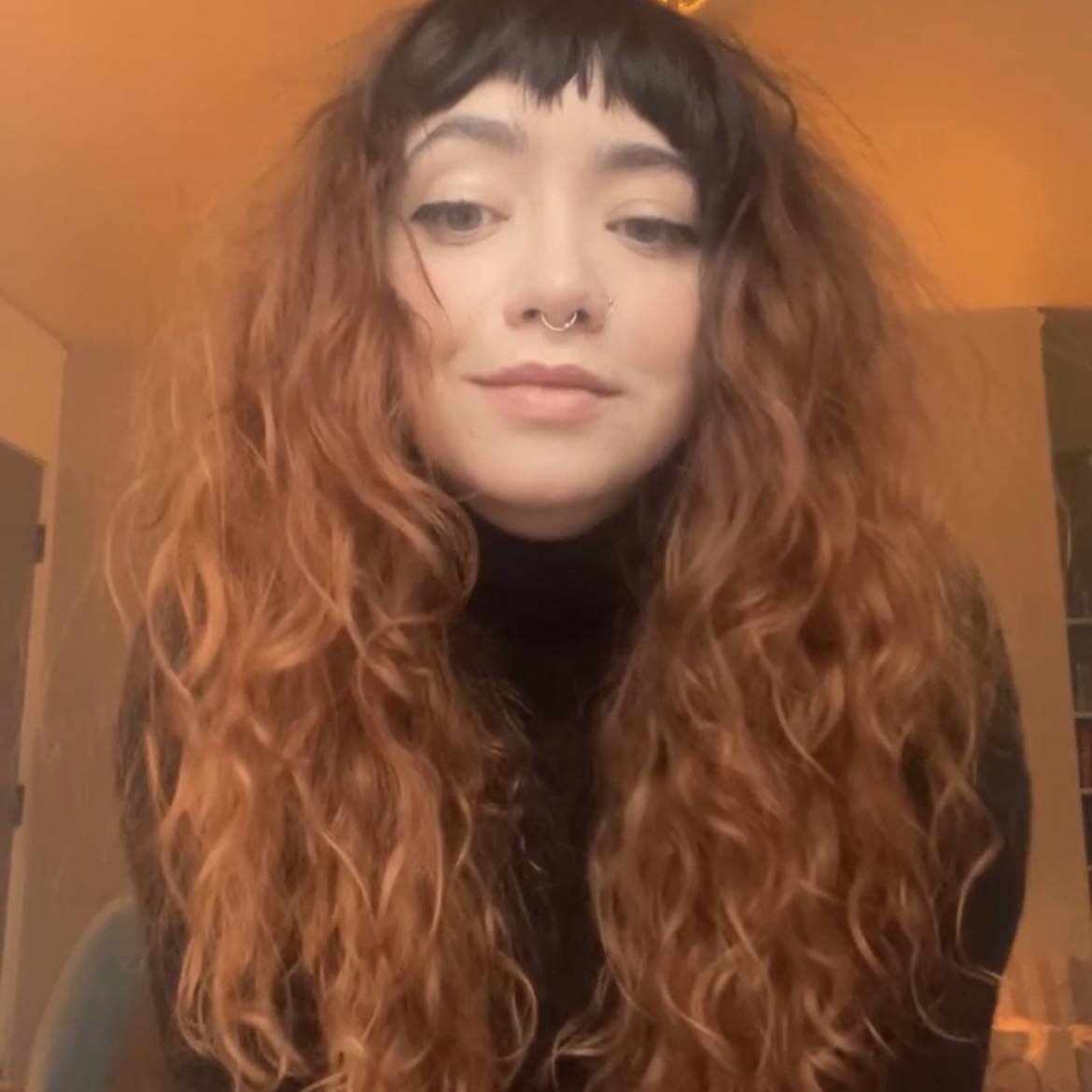
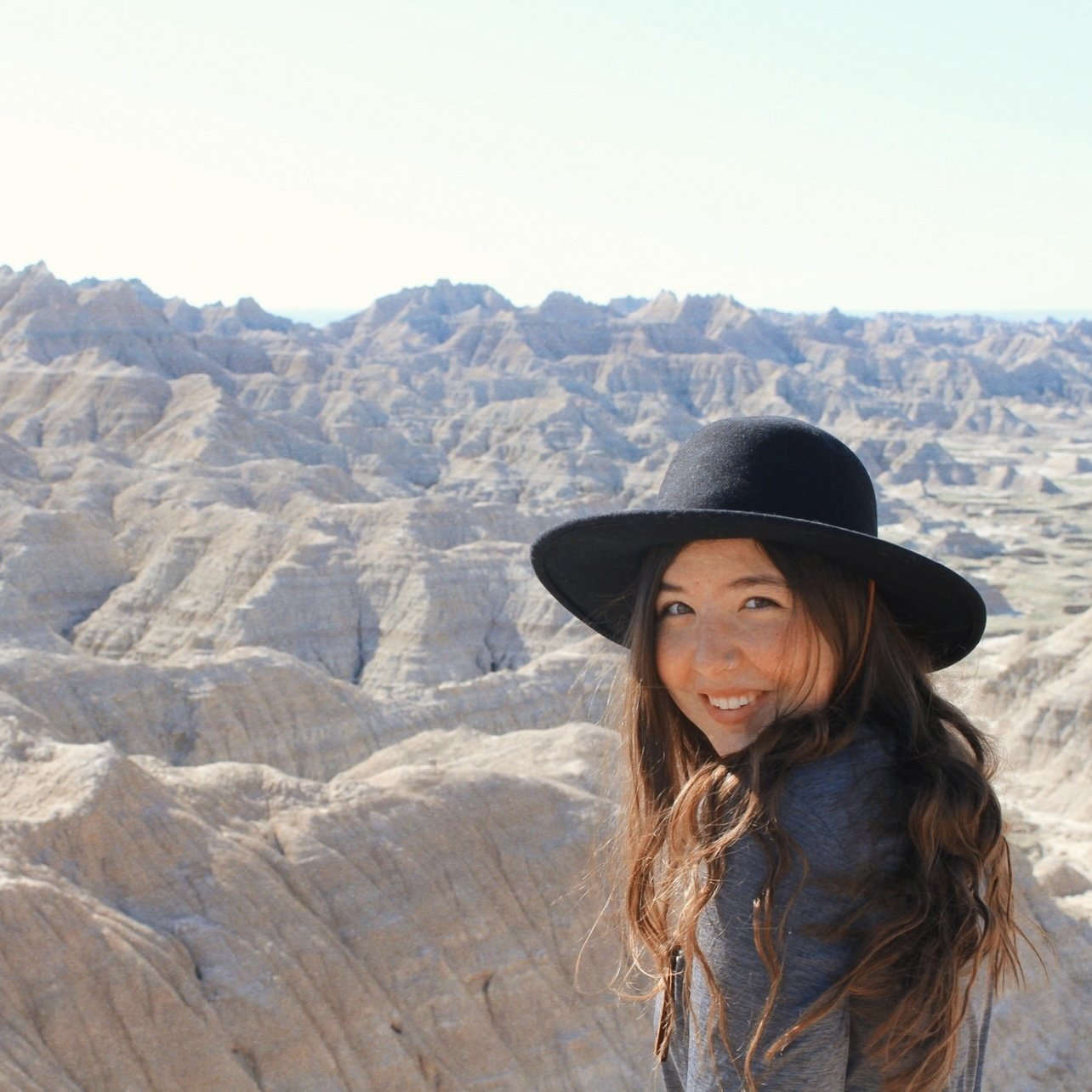
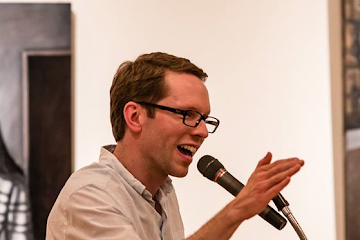
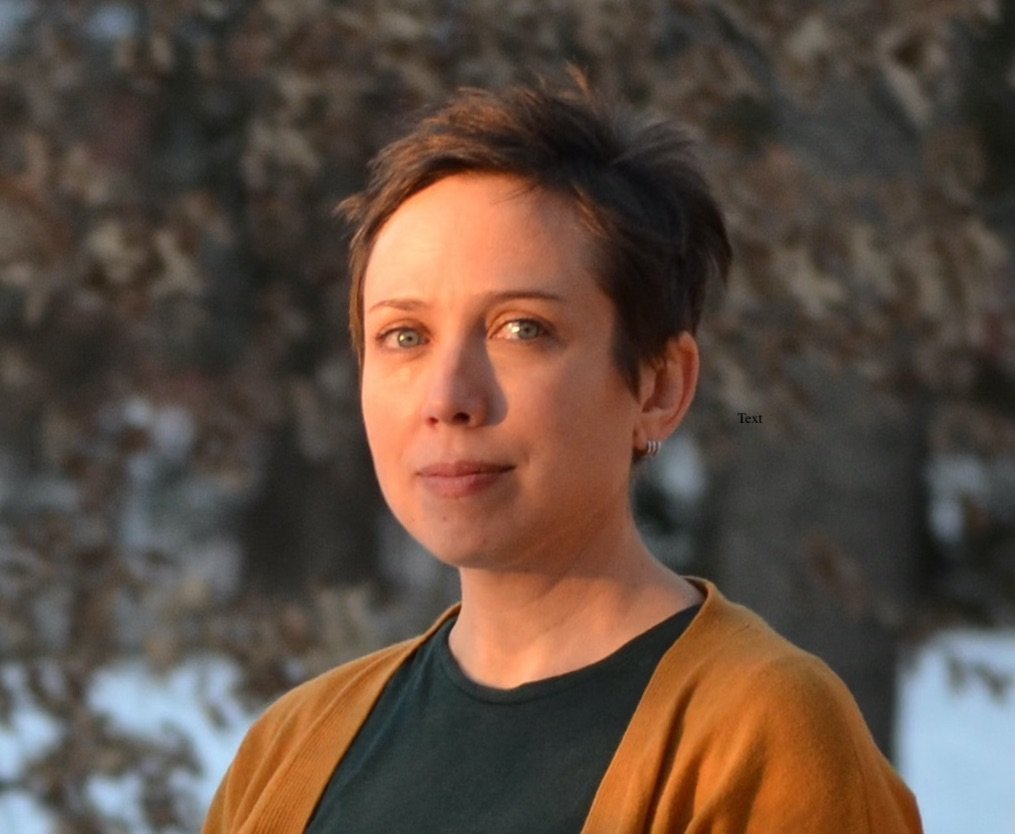

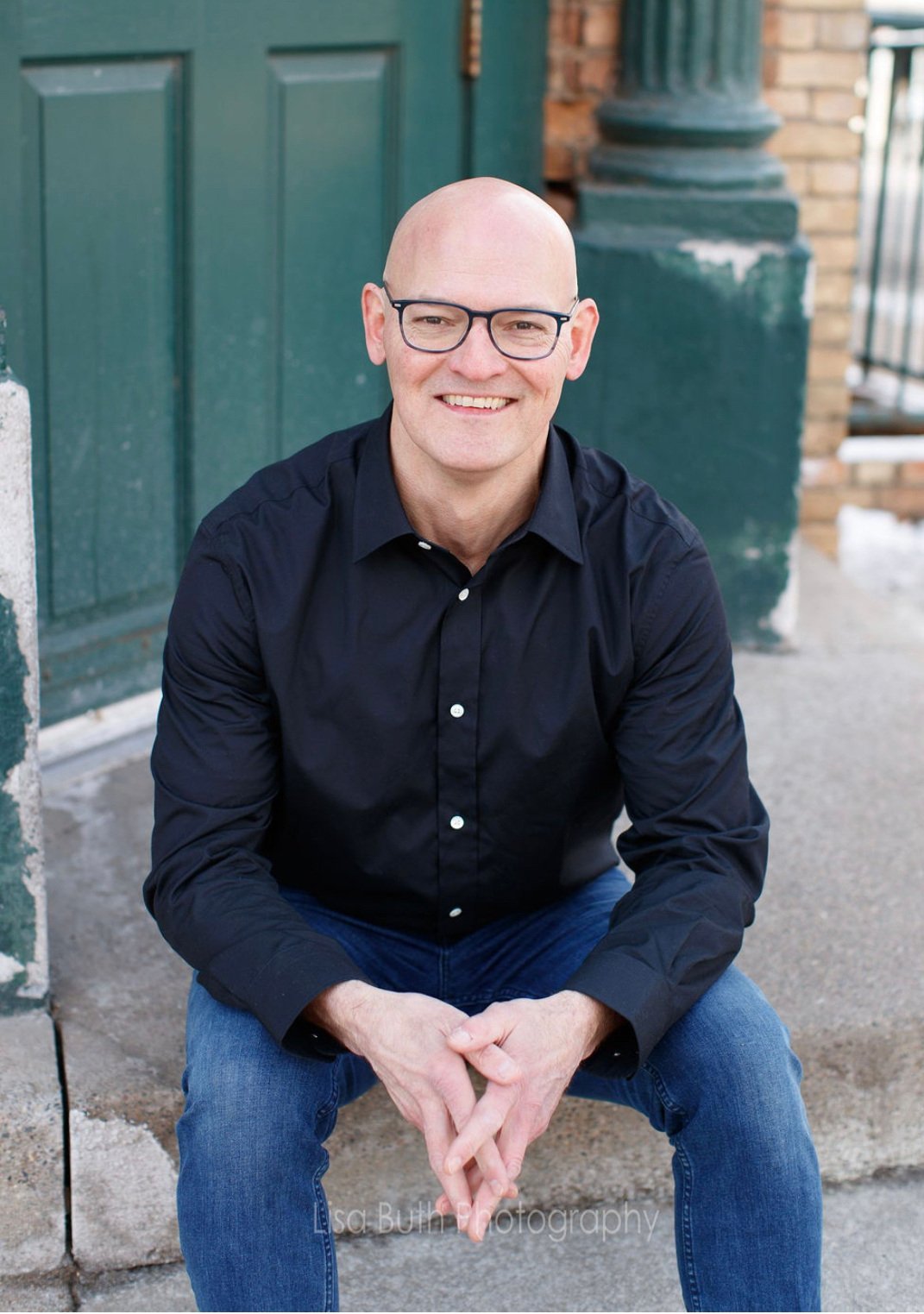
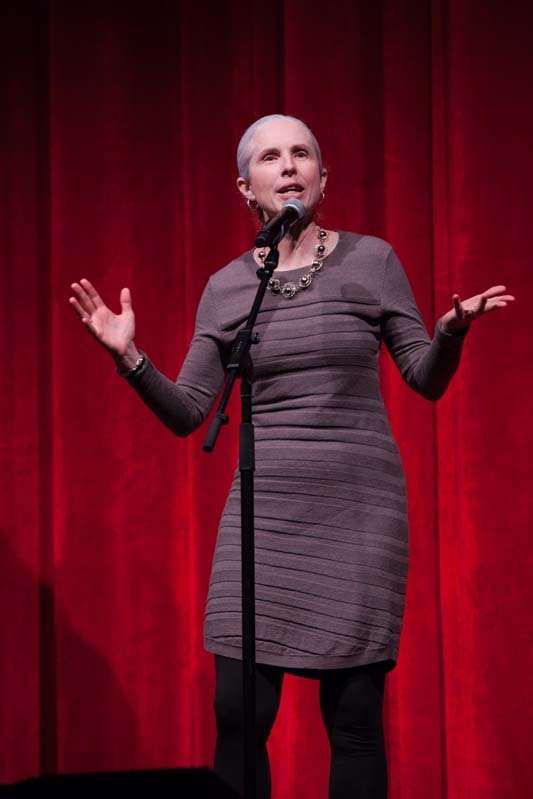
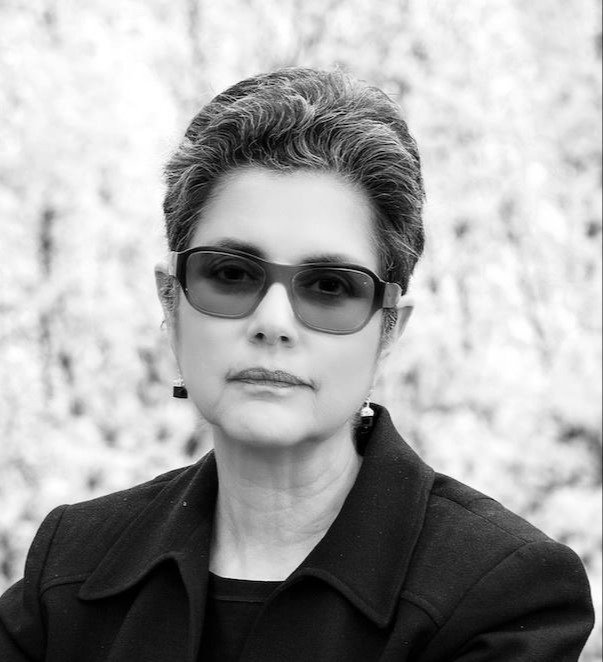

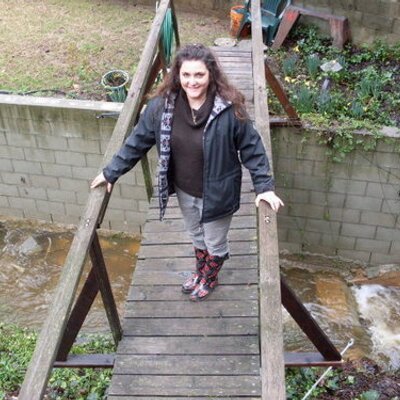

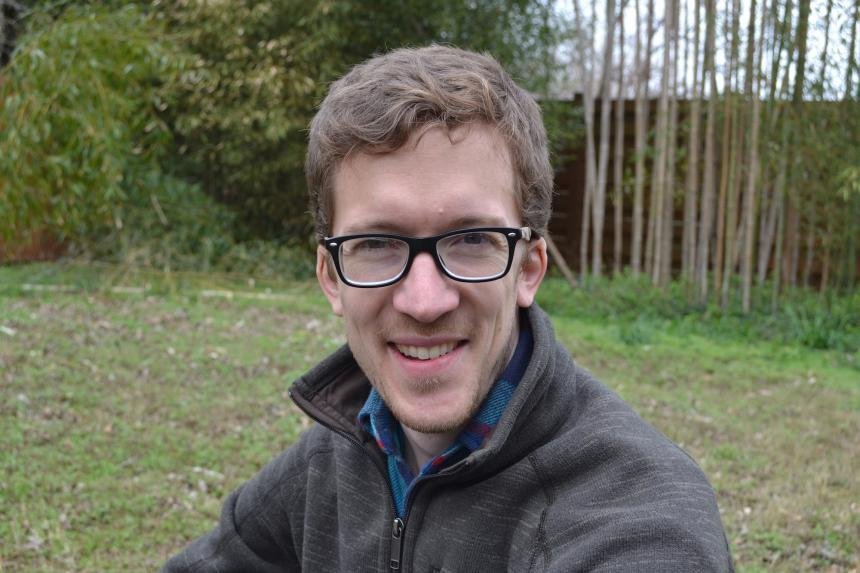



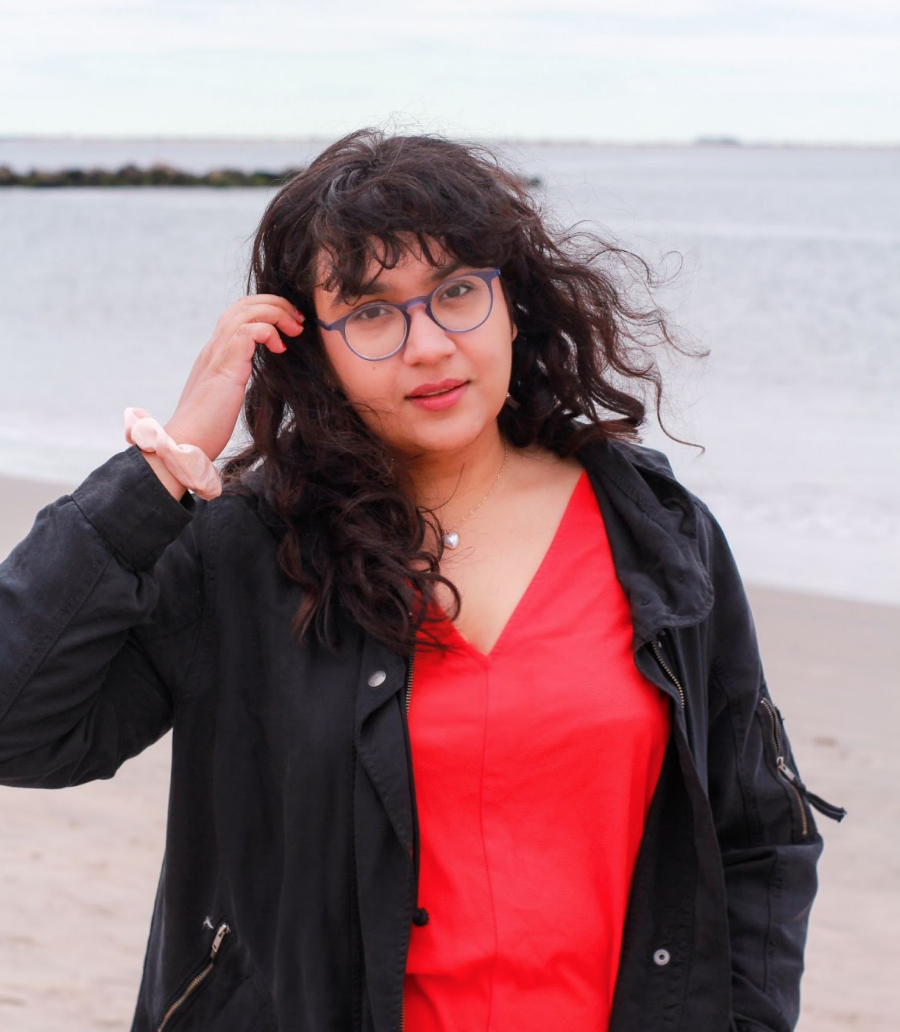


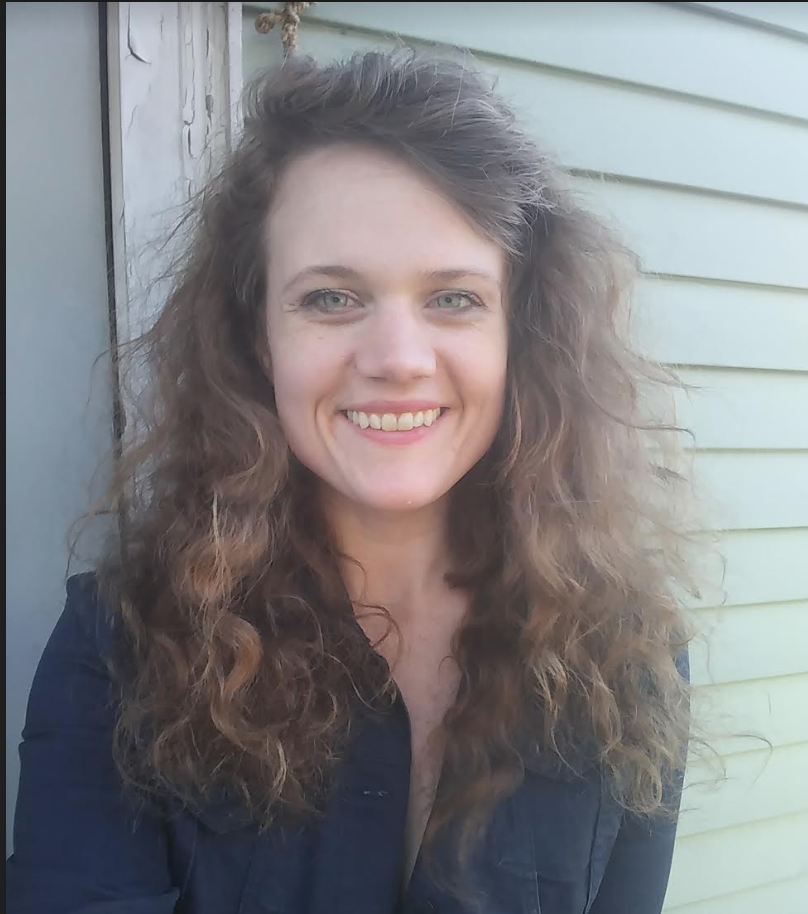
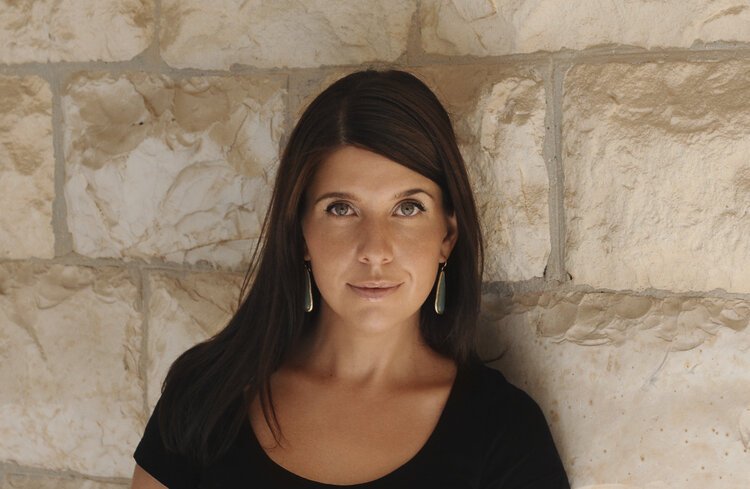



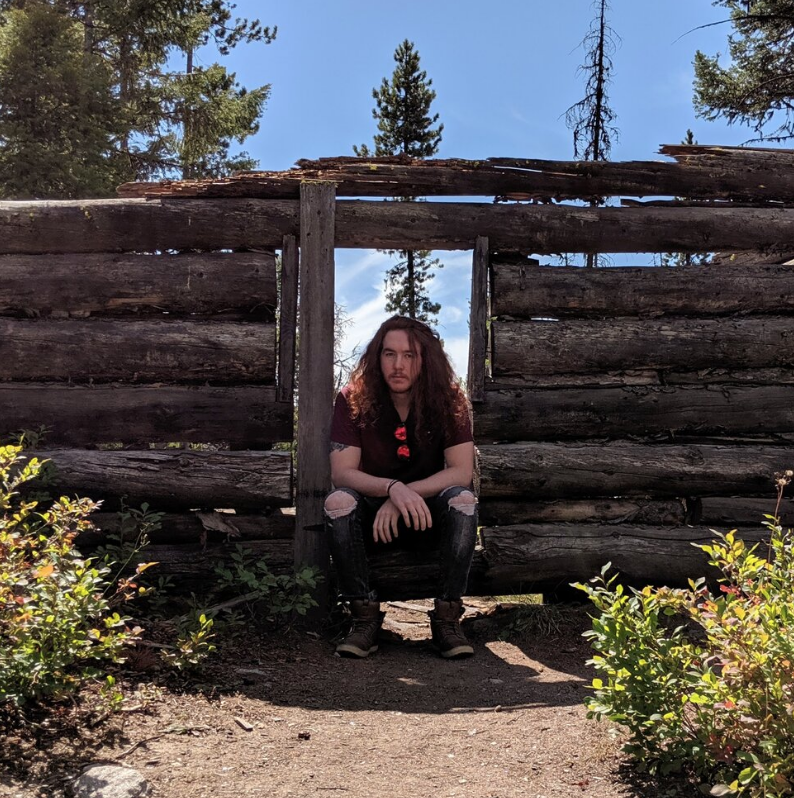

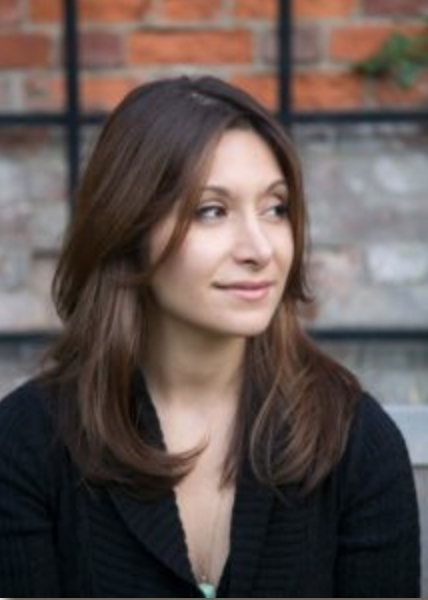

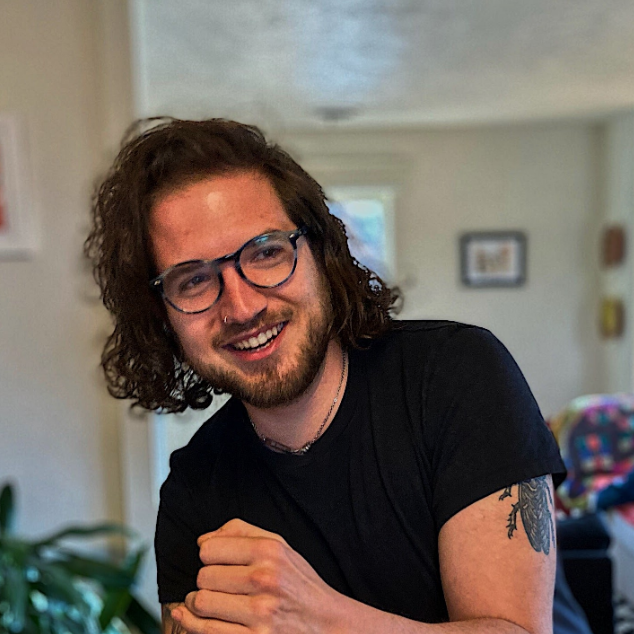

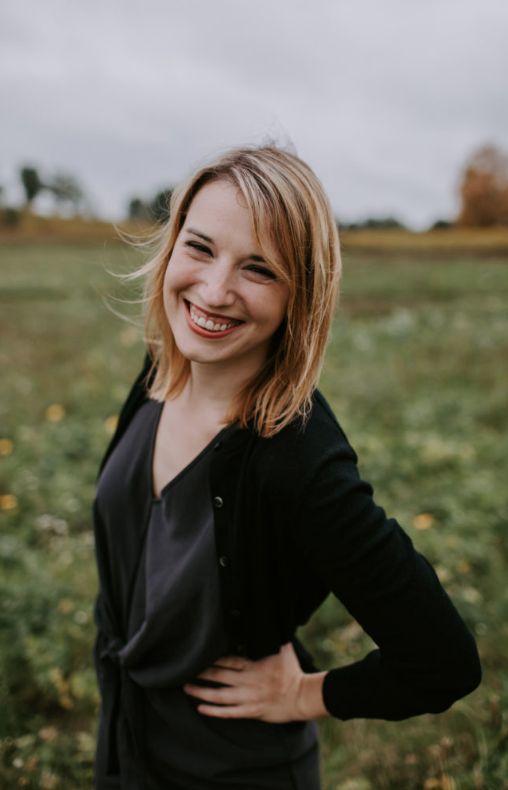

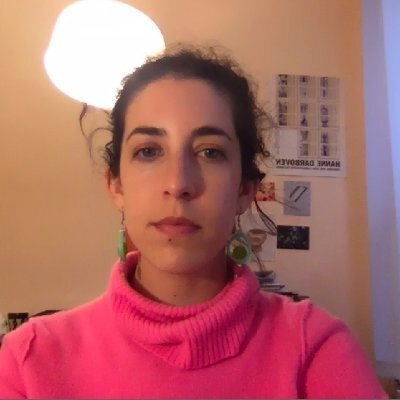

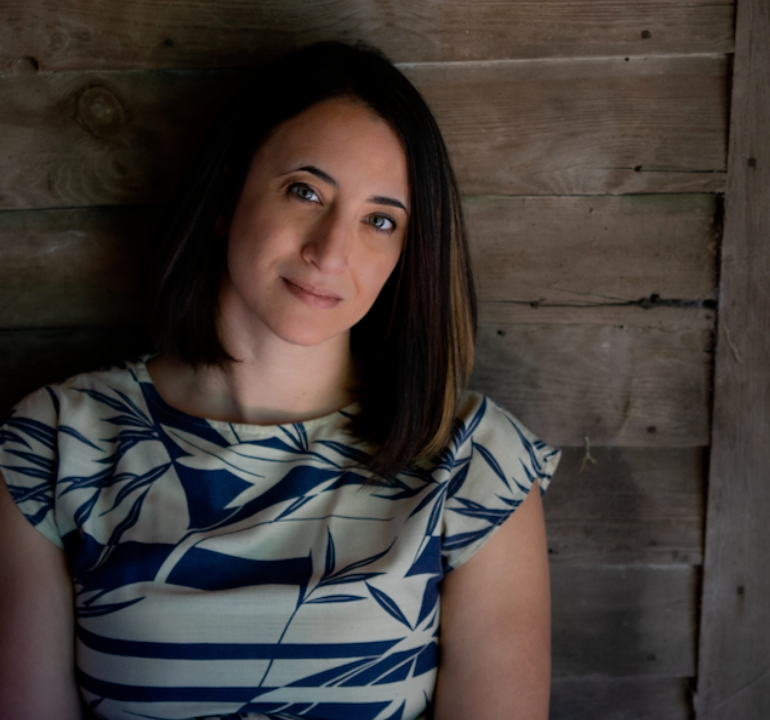









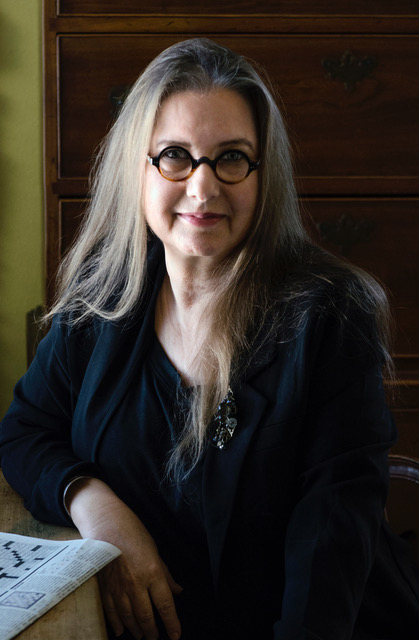



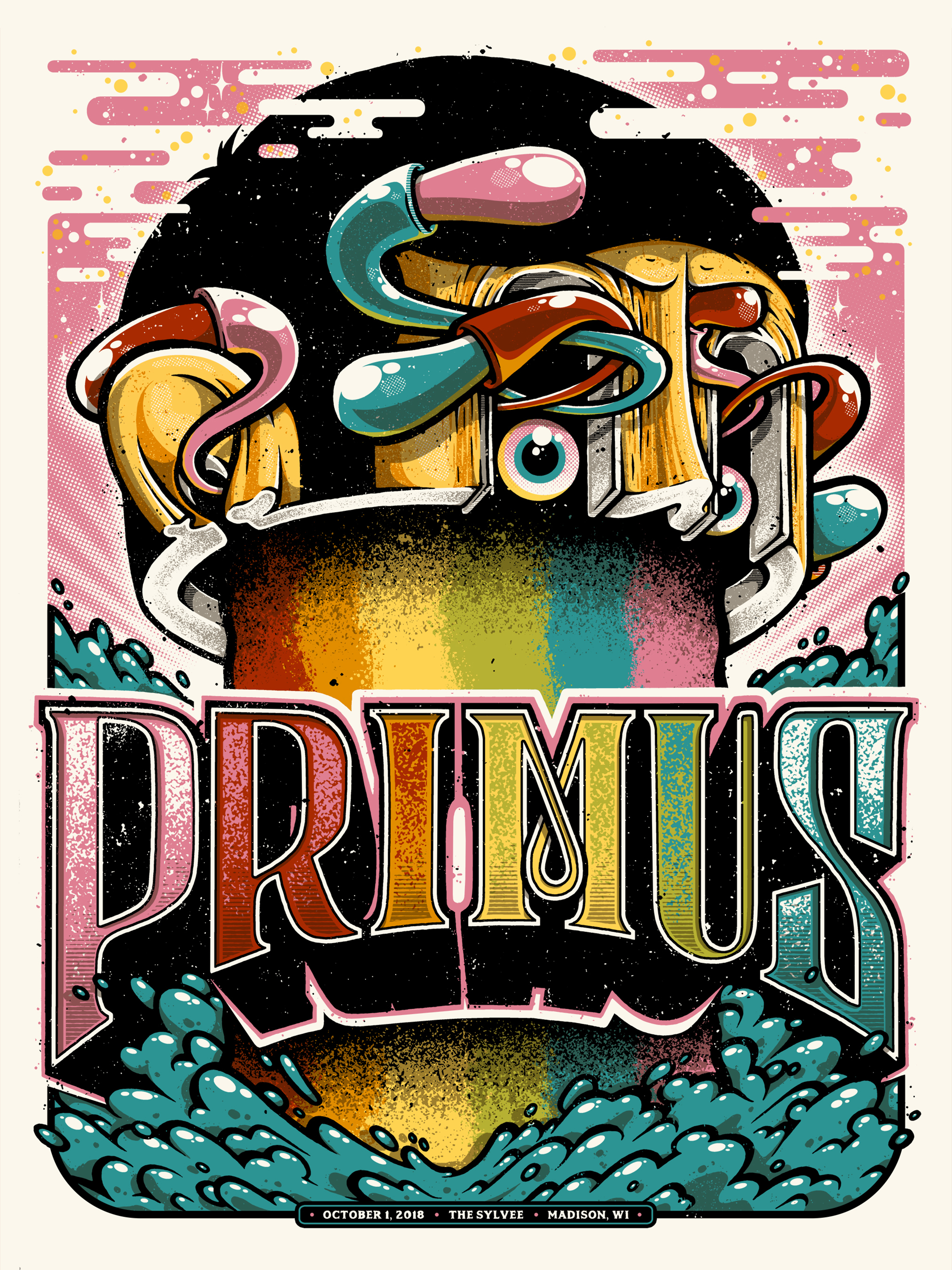


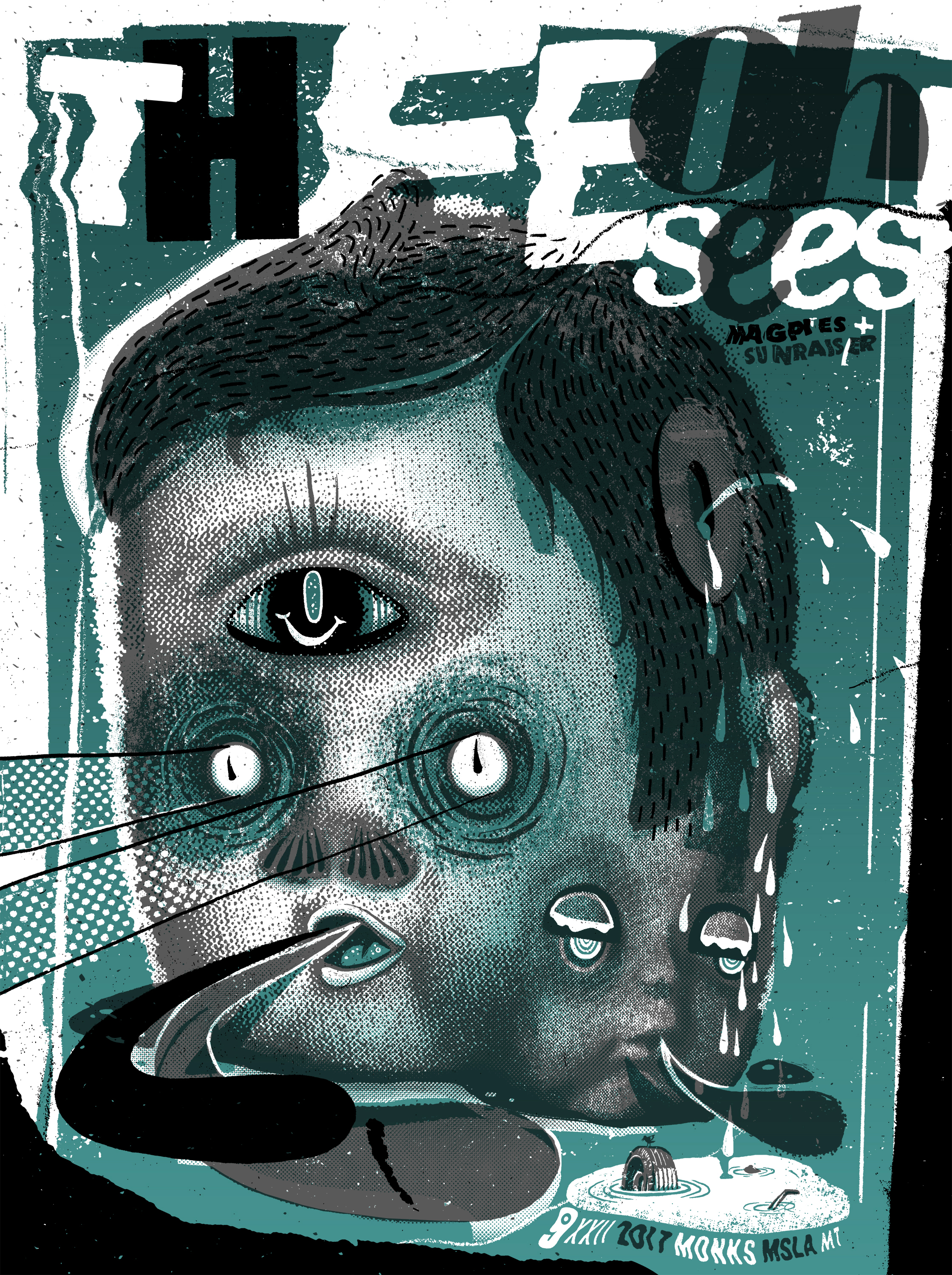
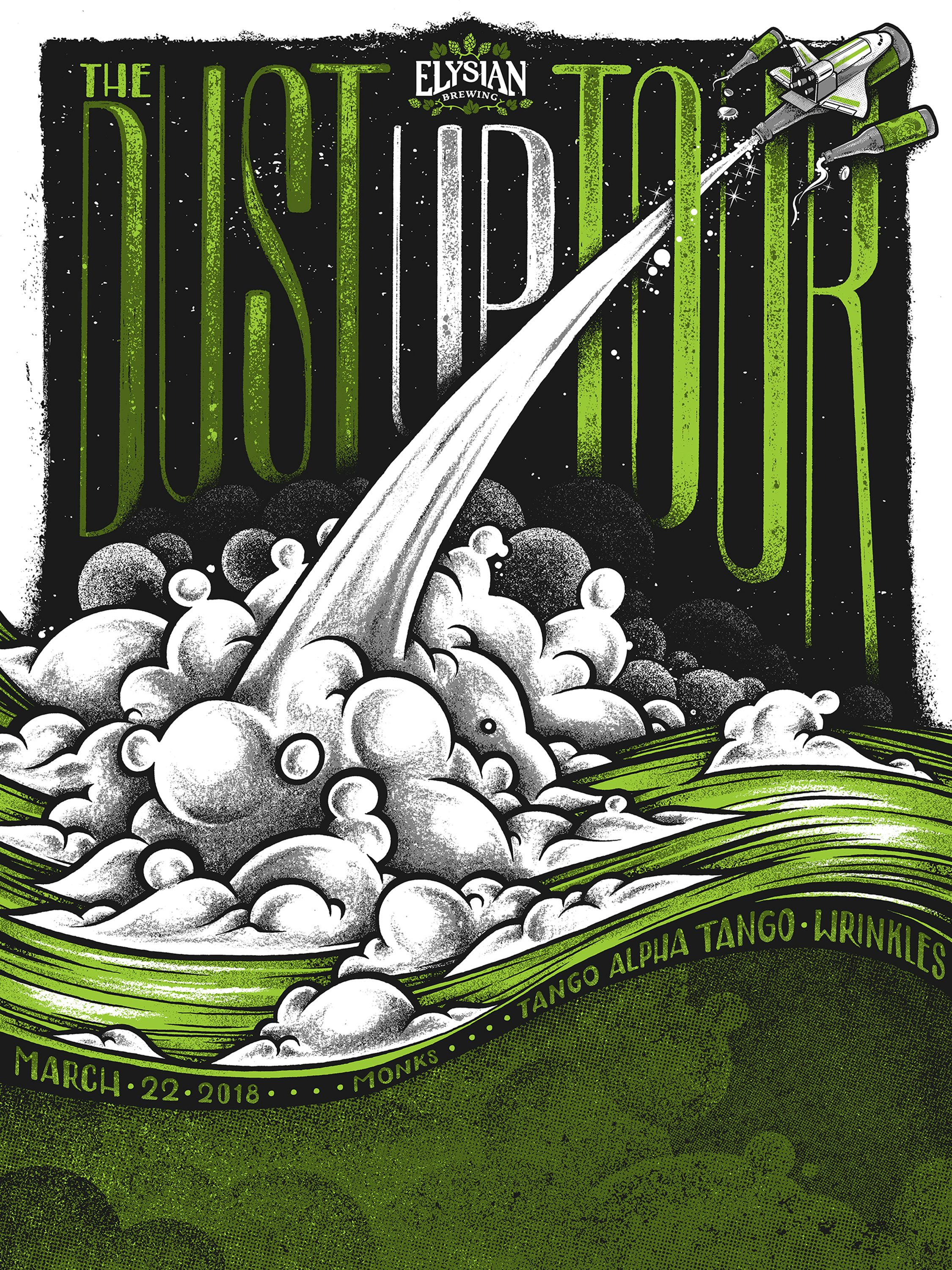






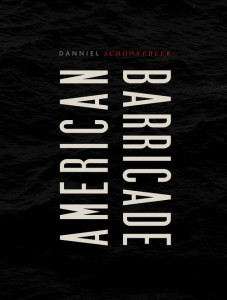
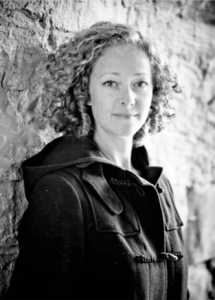
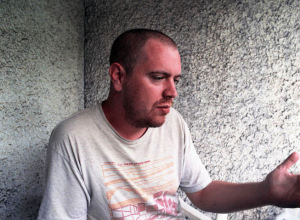


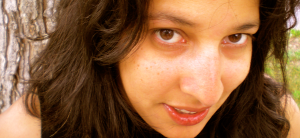

 CUTBANK: What are you doing for the conference?
CUTBANK: What are you doing for the conference?

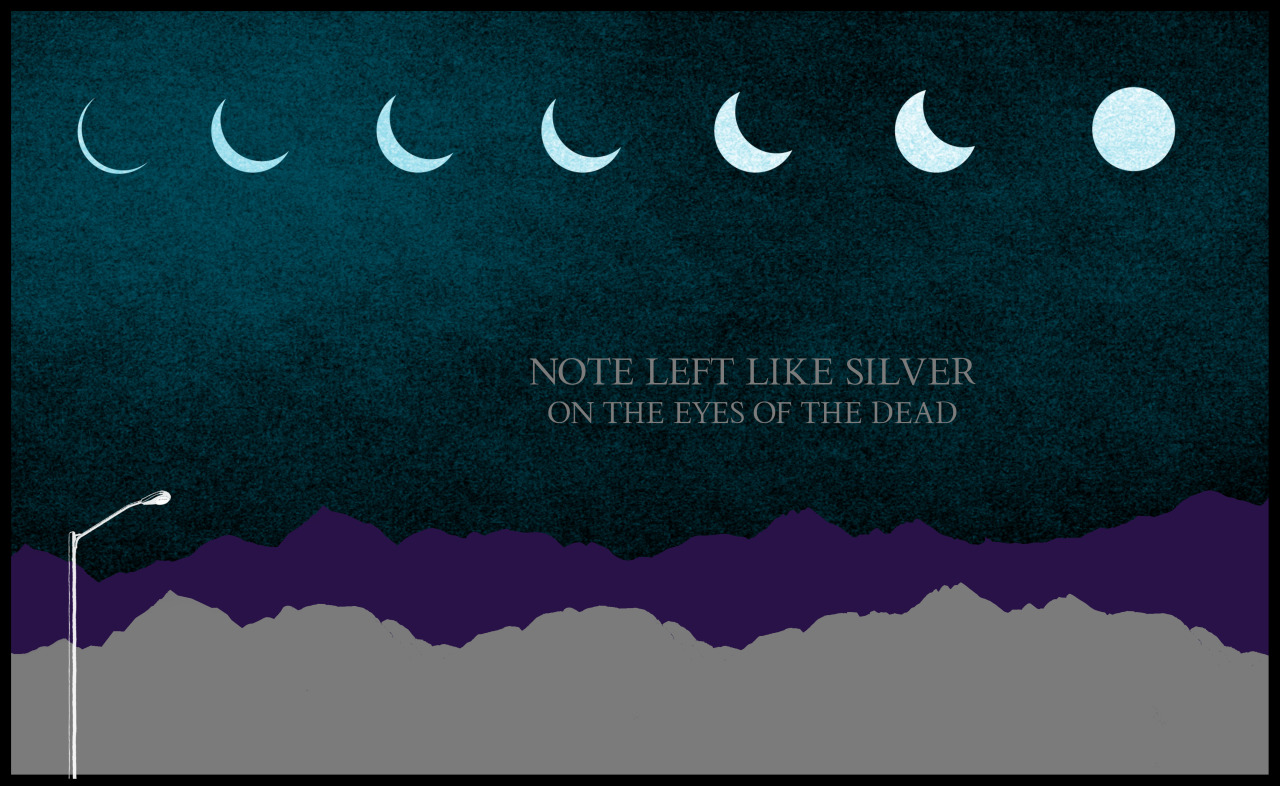
 RM: How did this project emerge, as in these thirteen poems together via Slash Pine Press?
RM: How did this project emerge, as in these thirteen poems together via Slash Pine Press?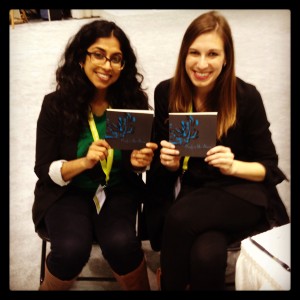
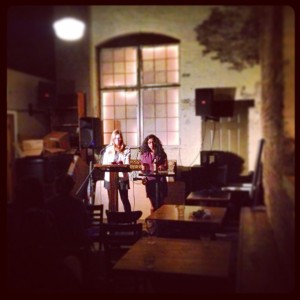
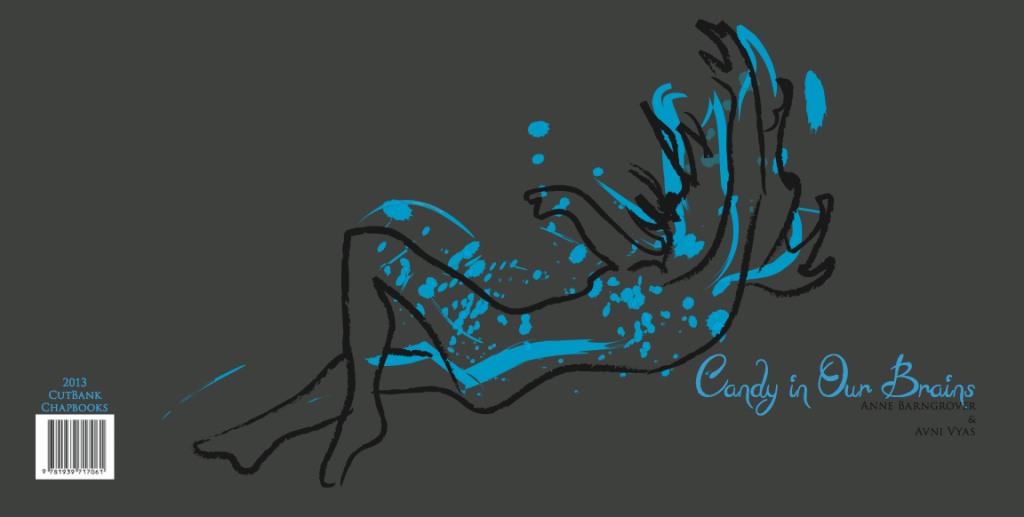
 We caught up with Dennis James Sweeney, winner of CutBank’s 2013 Chapbook Contest, to get some insight into the poetics and process of his poetry collection, What They Took Away. Lily Hoang calls it “an epic apocalypse of life stripped of tedium, of obtrusiveness” and a “magical miniature world showcas[ing] the terror of erasure and the wreckage of return.”
We caught up with Dennis James Sweeney, winner of CutBank’s 2013 Chapbook Contest, to get some insight into the poetics and process of his poetry collection, What They Took Away. Lily Hoang calls it “an epic apocalypse of life stripped of tedium, of obtrusiveness” and a “magical miniature world showcas[ing] the terror of erasure and the wreckage of return.”